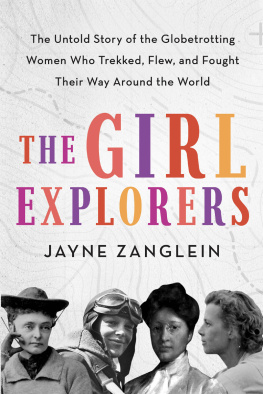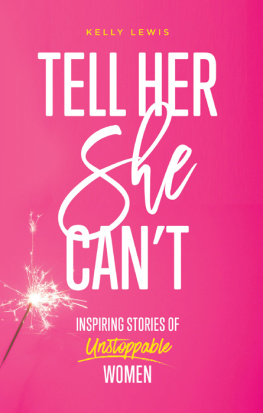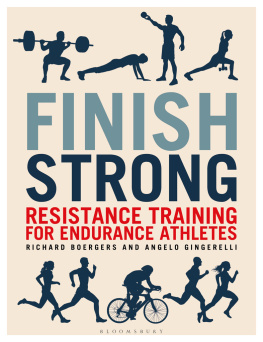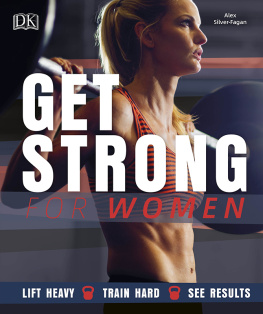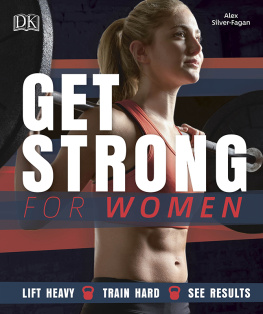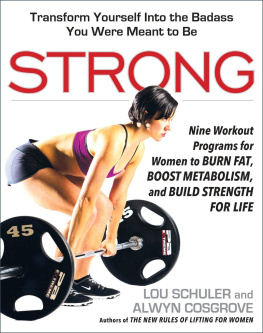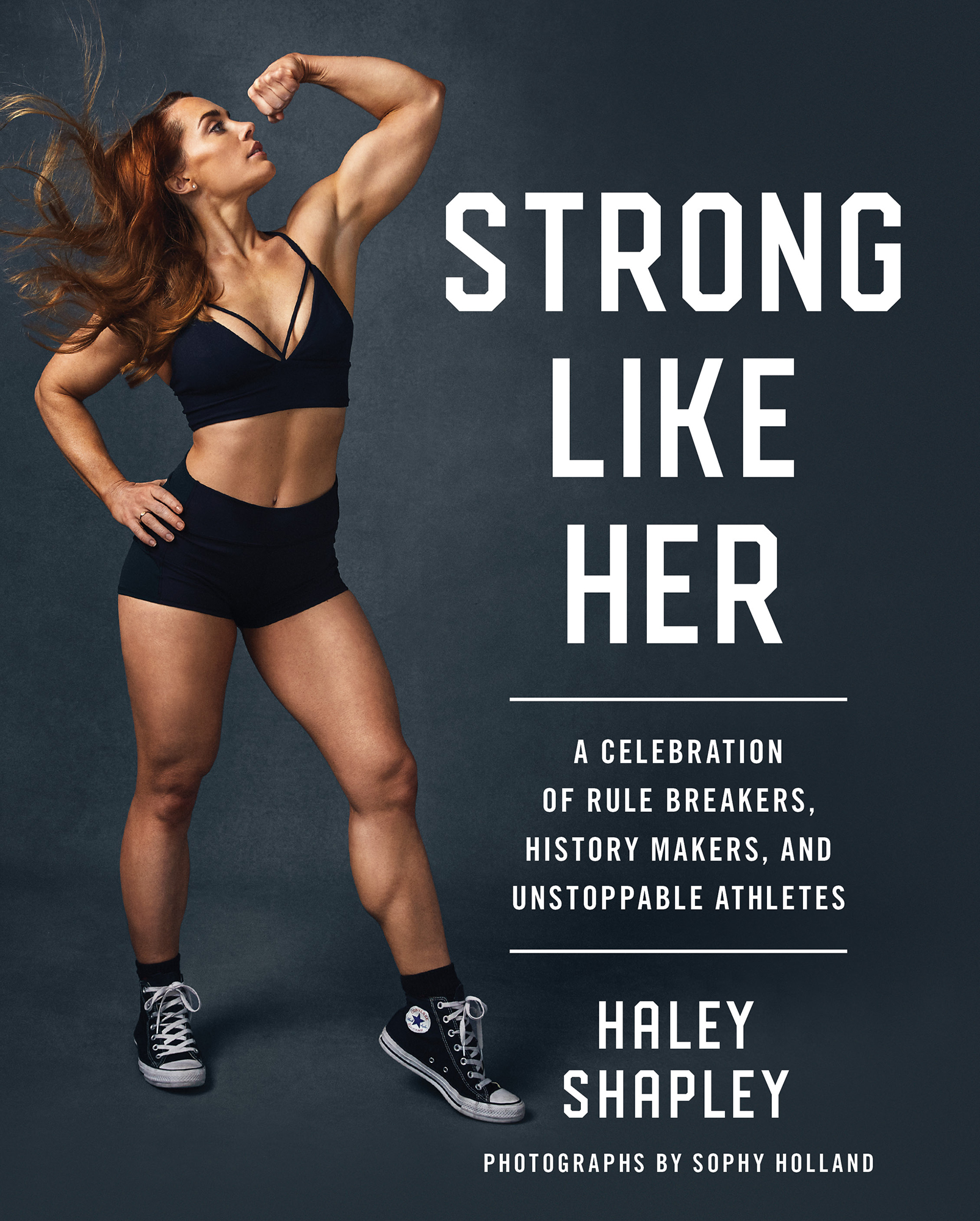An Imprint of Simon & Schuster, Inc.
All rights reserved, including the right to reproduce this book or portions thereof in any form whatsoever. For information, address Gallery Books Subsidiary Rights Department, 1230 Avenue of the Americas, New York, NY 10020.
GALLERY BOOKS and colophon are registered trademarks of Simon & Schuster, Inc.
For information about special discounts for bulk purchases, please contact Simon & Schuster Special Sales at 1-866-506-1949 or .
The Simon & Schuster Speakers Bureau can bring authors to your live event. For more information or to book an event, contact the Simon & Schuster Speakers Bureau at 1-866-248-3049 or visit our website at www.simonspeakers.com.
Library of Congress Cataloging-in-Publication Data has been applied for.
Youve always had the power.
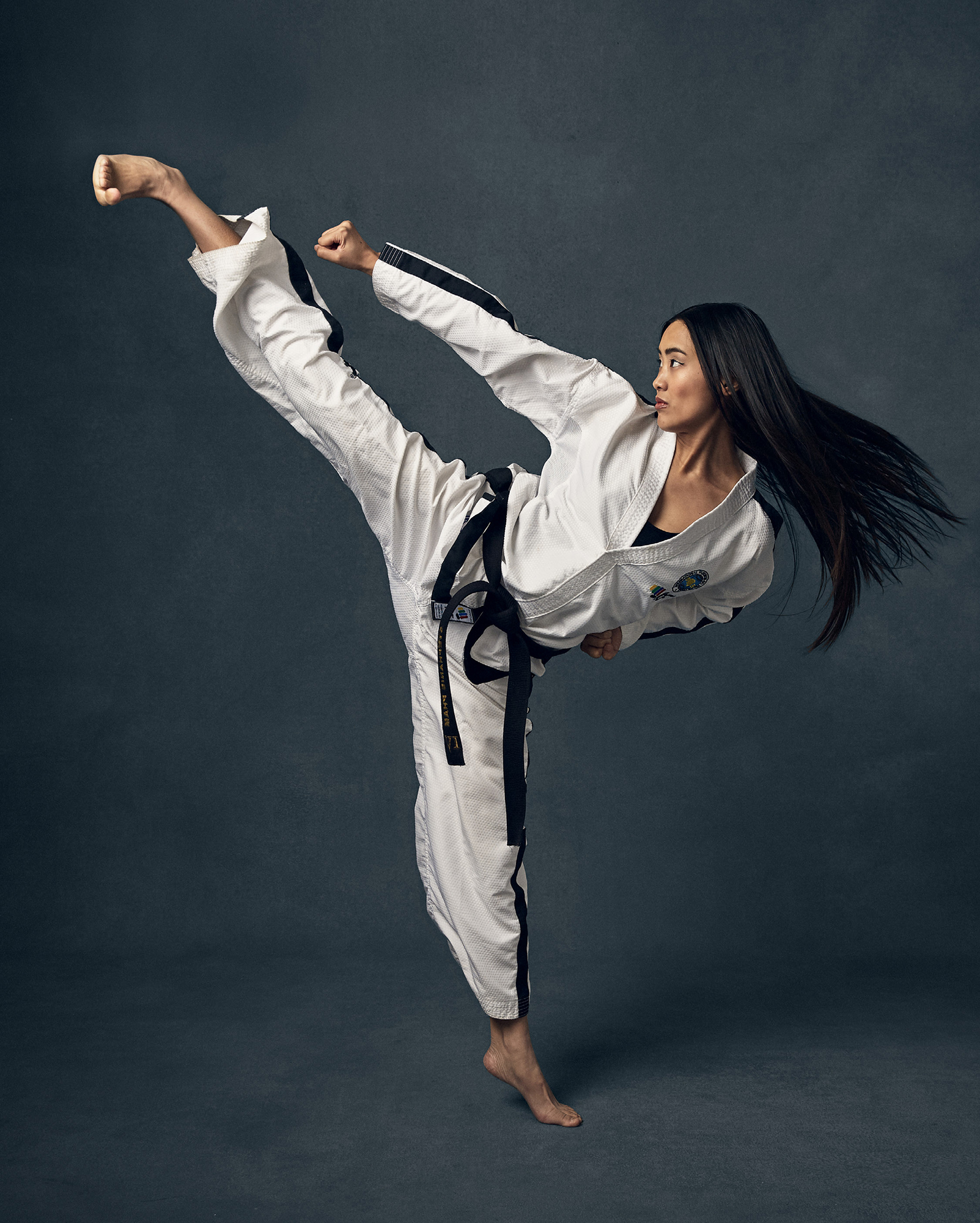
STEPHANIE PHAM
MARTIAL ARTIST
When everyone is against you, what do you do? Do you succumb to that or fight through?
INTRODUCTION
A few years ago, I decided to compete in a bodybuilding show. My goal was not to become a professional but to challenge myself in something new. I trained for the physical aspects, yesseeing how I could transform my body with consistent effort fascinated me. But I took it up for the mental challenge, too. Im happiest when Im learning new things and seeing how far I can push the boundaries of my mindwhich in bodybuilding also happens to be inextricably linked to the body, given that you have to stay incredibly focused to get through all the workouts, strict meal timings, and unending gallons of water. Even mindfulness comes into play when youre lifting, to make sure youre engaging the muscles youre intending to target.
I learned a lot through the experience, about discipline, consistency, and what one ounce of almonds looks like. I also learned that even today, people have certain ideas about how women should look, and when you step outside those boundsparticularly on purposeit invites commentary.
It surprised me, although maybe it shouldnt have. Id started lifting heavy weights about two years before, and I distinctly remember walking into my gym the first day and seeing a woman with broad shoulders. She was very strong and very nice, and I was very sure I never wanted to look like her. It wasnt until I realized how powerful I felt slinging around a barbell that I began to let go of my preconceived ideas about my bodys appearance.
IT CAN TAKE TIME TO deprogram a lifetimes worth of messaging. I was born when Jane Fondas workout videos were booming in popularity. Spandex and step aerobics reigned, and in the era following Title IX, a civil rights law that banned discrimination in educational programs, girls were encouraged to play sportsor at least not overtly discouraged from it. I tried my hand (and feet) at lots of different thingsballet, gymnastics, soccer, track, swimmingbefore settling into basketball as my main sport. I spent hours at practice, and in that time, I worked to be more agile, smarter, more flexible, faster, more coordinated, and even smaller. Aside from some fleeting frustration in elementary school when I couldnt do a pull-up, I didnt spend much time thinking about strength. It never really occurred to me to be stronger.
To be fair, strength was not a common goal for girls when I was young. A 1985 quote from film critic Roger Ebert articulates the bias that I had probably internalized. At first sight, there is something disturbing about a woman with massive muscles, he wrote in reference to Pumping Iron II, a movie about womens bodybuilding. She is not merely androgynous, a combination of the sexes like an Audrey Hepburn or a Mick Jagger, but more like a man with a womans face. We are so trained to equate muscles with men, softness and a slight build with women, that it seems nature has made a mistake.
Since then, the world has changed, and I have changed along with it. My weight today would horrify my eighteen-year-old self, and my arms are no longer the toothpicks I once prized. And yet Ive learned the numbers on the scale are just one aspect of my life. It turns out Im more motivated by the number I can deadlift.
Discovering the benefits of throwing around weights much heftier than eight-pound dumbbells has been life-changing, and Im certainly not the only one to feel this way. Scroll through social media or peek inside a gym, and youre bound to spot women who are getting strong and loving it.
I thought lifting was so cool from the first time I saw it, says professional strongwoman competitor Kristin Rhodes. I was born to pick up anything heavy.
I was born to pick up anything heavy. When in history is that a sentence that could have been reasonably uttered by a woman? Maybe Katie Sandwina said it. She was a beloved circus performer who could lift a 600-pound cannon and bend iron bars. Or perhaps Pudgy Stockton said it. The Queen of Muscle Beach dazzled crowds in the 1940s by holding her husband in a handstand over her head, a feat she performed with curled hair and the curves that were popular in her day (yet make no mistake, Pudgy was jacked).
Stockton and others paved the way for the likes of Jan Todd, who set more than sixty national and world records in powerlifting; for Misty Copeland, whose muscular frame broke the mold of what a ballerina looks like; and even for me, a writer and first-time bodybuilding competitor who will never be famous for anything related to athletics.
AS I STARTED ON MY own strength journey, I began to think about where my aversion to visible muscularity had come from. Even though Id played plenty of sports, when I walked into a weight room, I initially underestimated what I was capable of. Why was that? When my strength training came up, why did people warn me about how I was bound to hurt myself instead of encouraging me to test my limits? And why was I suddenly getting so many comments wondering whether I was worried about how I was appearing to the opposite sex, as if that had anything to do with my new hobby at all? I was seeing all kinds of strength being modeled by women in the public eye, and yet the topic was still so divisive.
I turned to one of my favorite places, the library, to answer some of these questions. But when I tried to read more about women and strength training throughout history, I came up mostly empty. Women were mentioned here and there, but the pages were dominated by men. I knew that couldnt be the whole story.
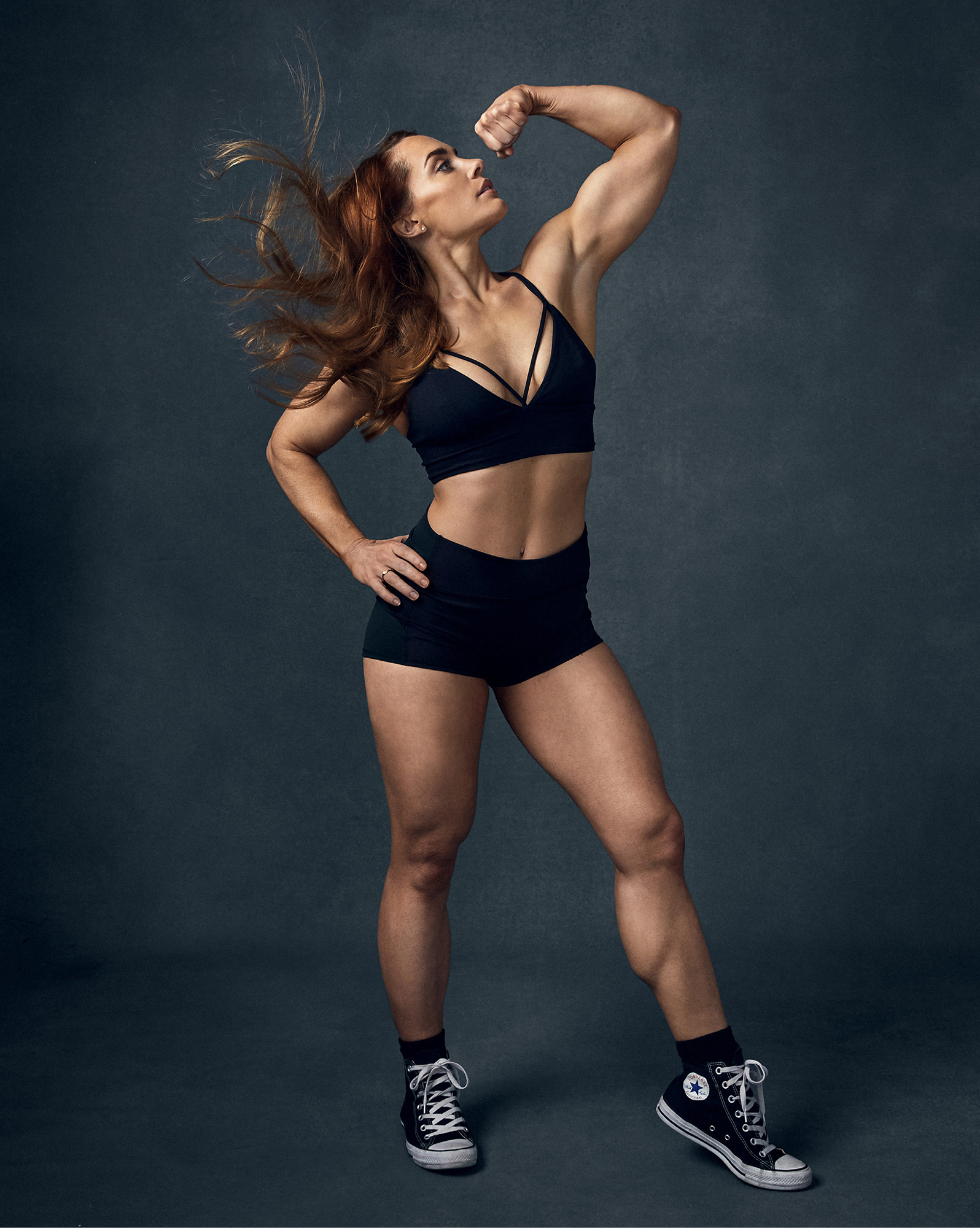
MEG GALLAGHER
POWERLIFTER
I TRY TO NEVER FORGET THAT THE REASON IM IN THE GYM IS BECAUSE I LOVE MY BODY AND I WANT IT TO BE STRONG.





